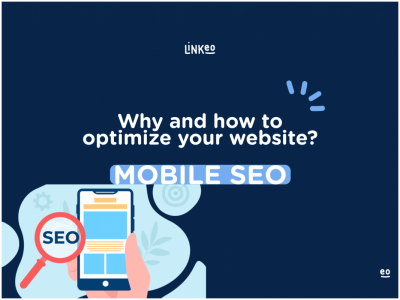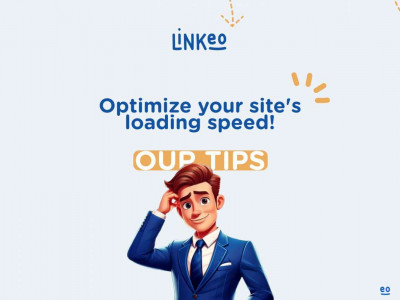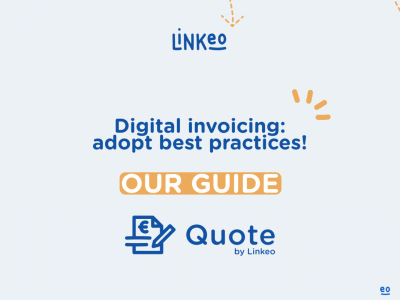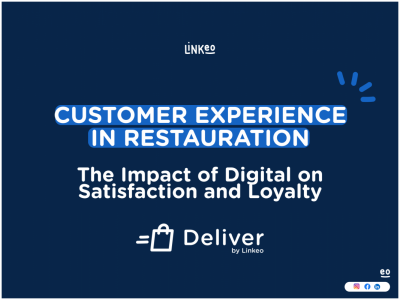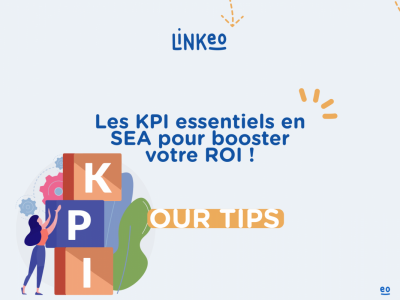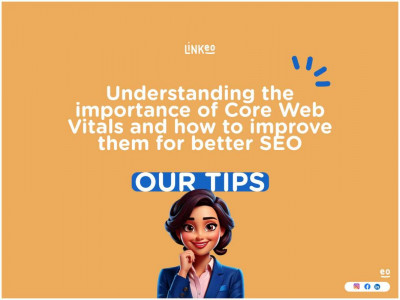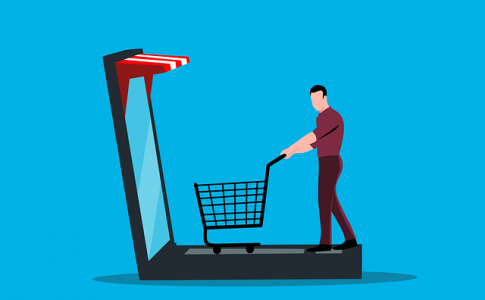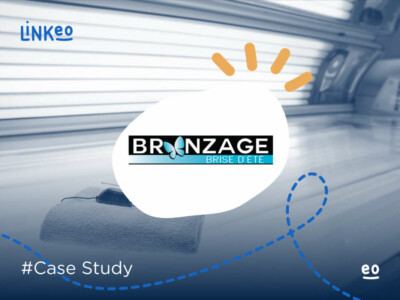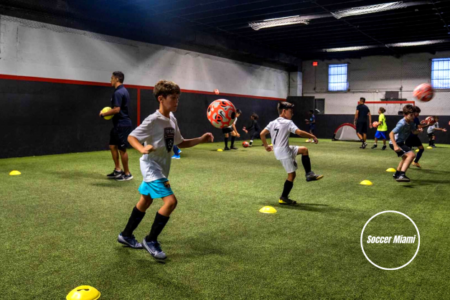The loading speed of a website is a key factor in user experience and search engine optimization (SEO). A slow site can frustrate visitors, increase bounce rates, and result in the loss of potential customers. In fact, according to a Google study, 53% of mobile users leave a site if it takes more than three seconds to load. In a world where immediacy is the norm, every second counts. Here are the best practices to optimize your website’s loading speed and ensure a smooth browsing experience for your visitors. 1. Reduce the Size of Images and Videos Heavy multimedia files significantly slow down a website. To prevent this: Use optimized formats: WebP for images, MP4 for videos. Compress images without losing quality using tools like TinyPNG, ImageOptim, or ShortPixel. Enable lazy loading to display images only when the user scrolls, reducing the initial page load time. Use a Content Delivery

![linkeo-logo-blue-rgb-1-q8oycu5zg2kzhlse8rrcxytak6yppd1yg55o397hdq[1] linkeo-logo-blue-rgb-1-q8oycu5zg2kzhlse8rrcxytak6yppd1yg55o397hdq[1]](https://www.surfing-the-digital-wave.com/wp-content/uploads/2023/10/linkeo-logo-blue-rgb-1-q8oycu5zg2kzhlse8rrcxytak6yppd1yg55o397hdq1.png)
